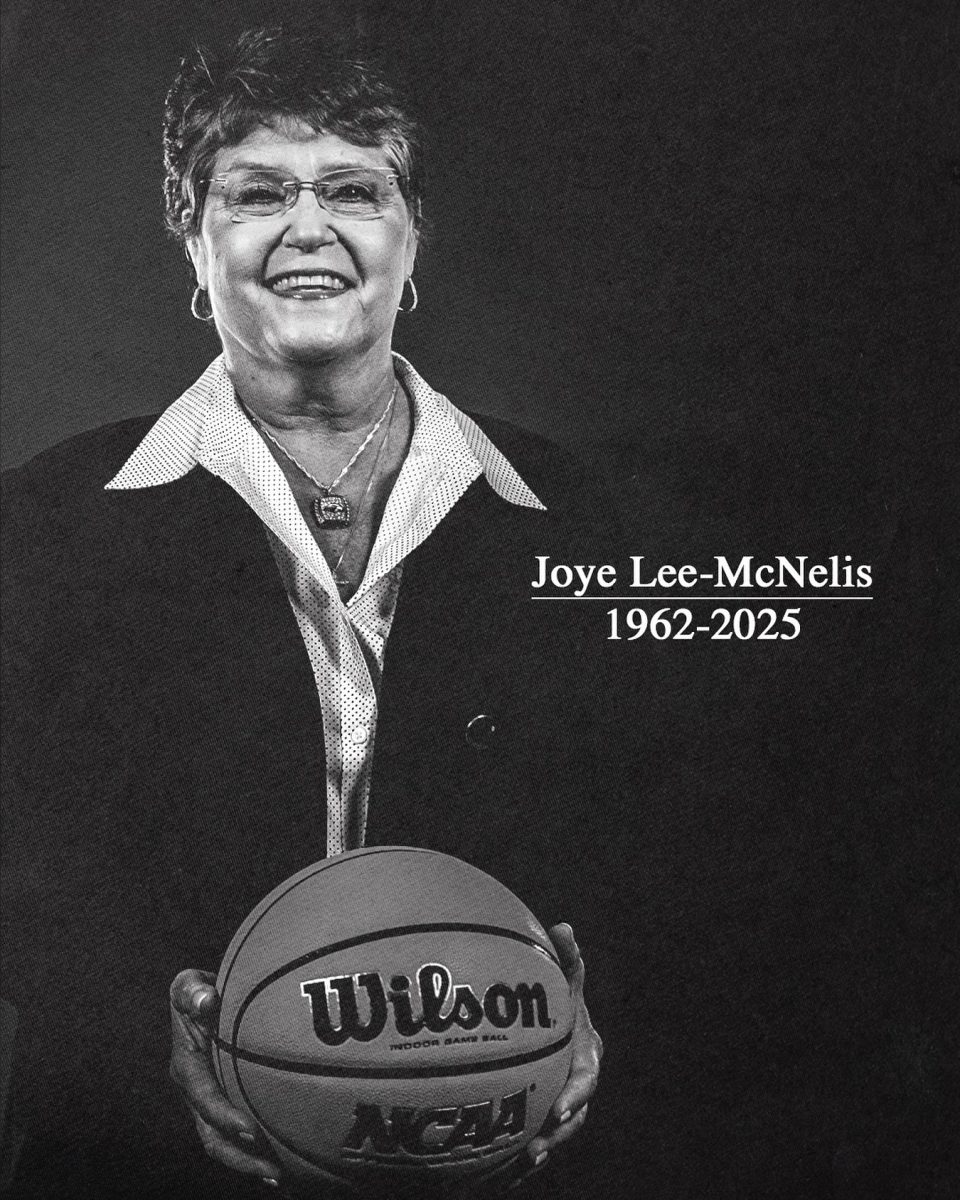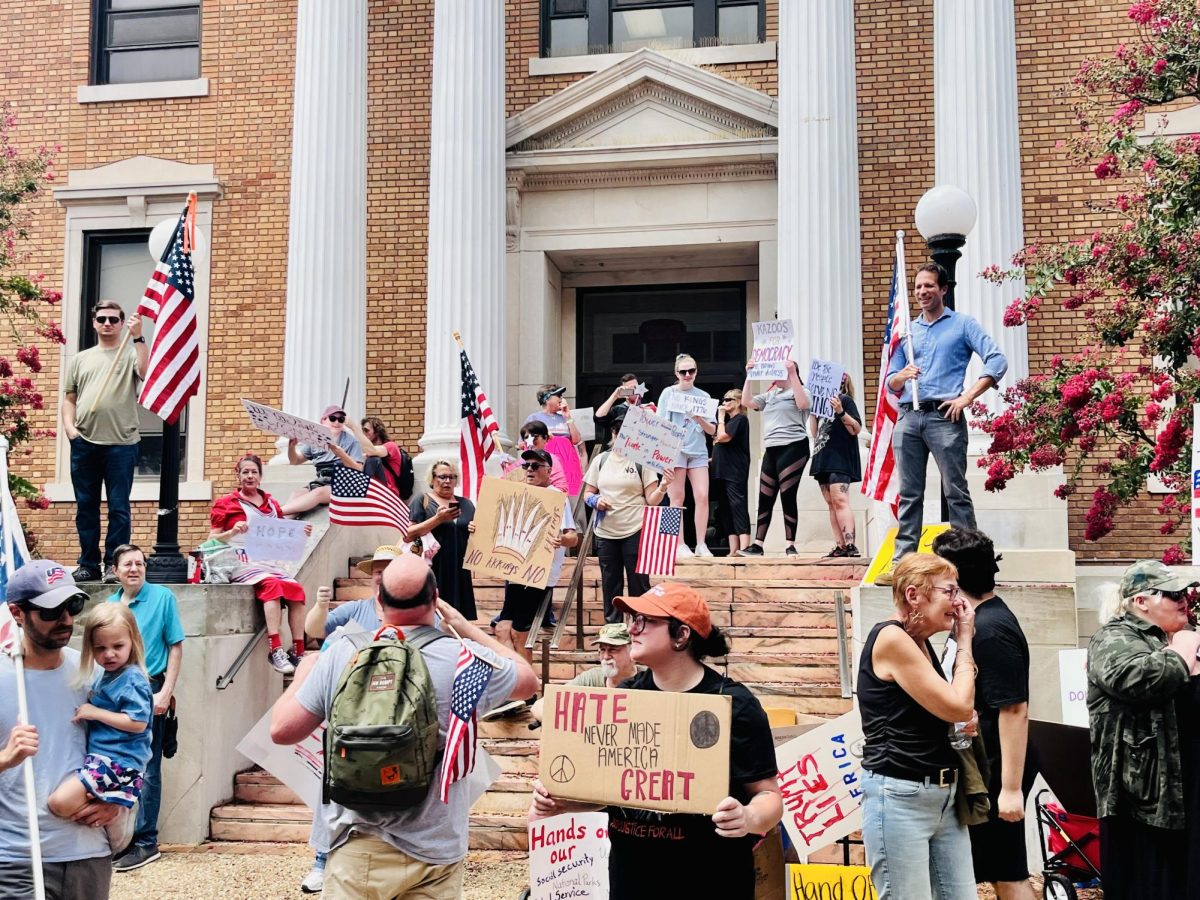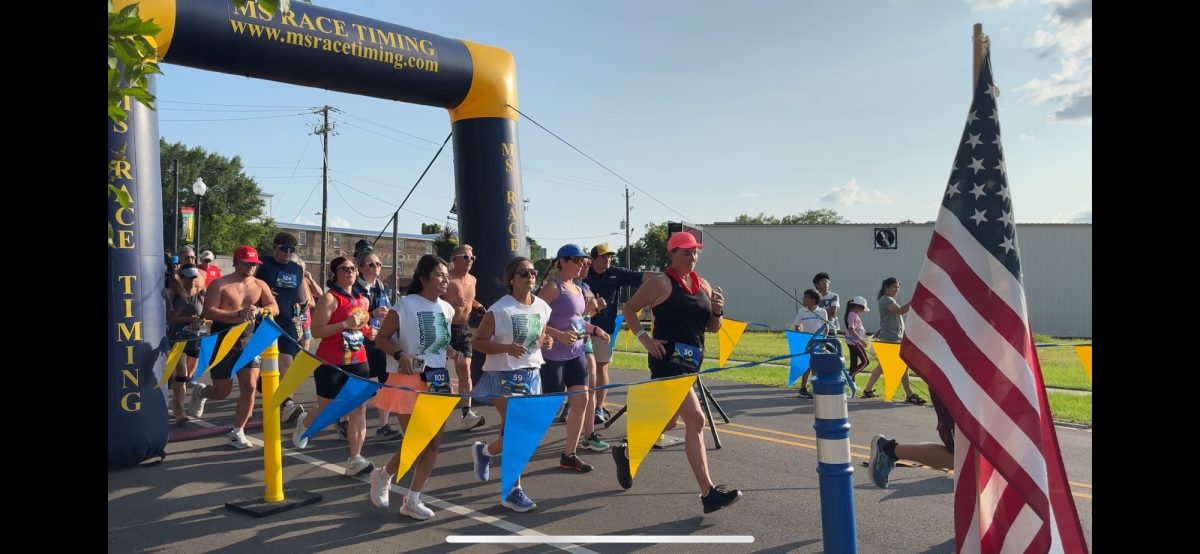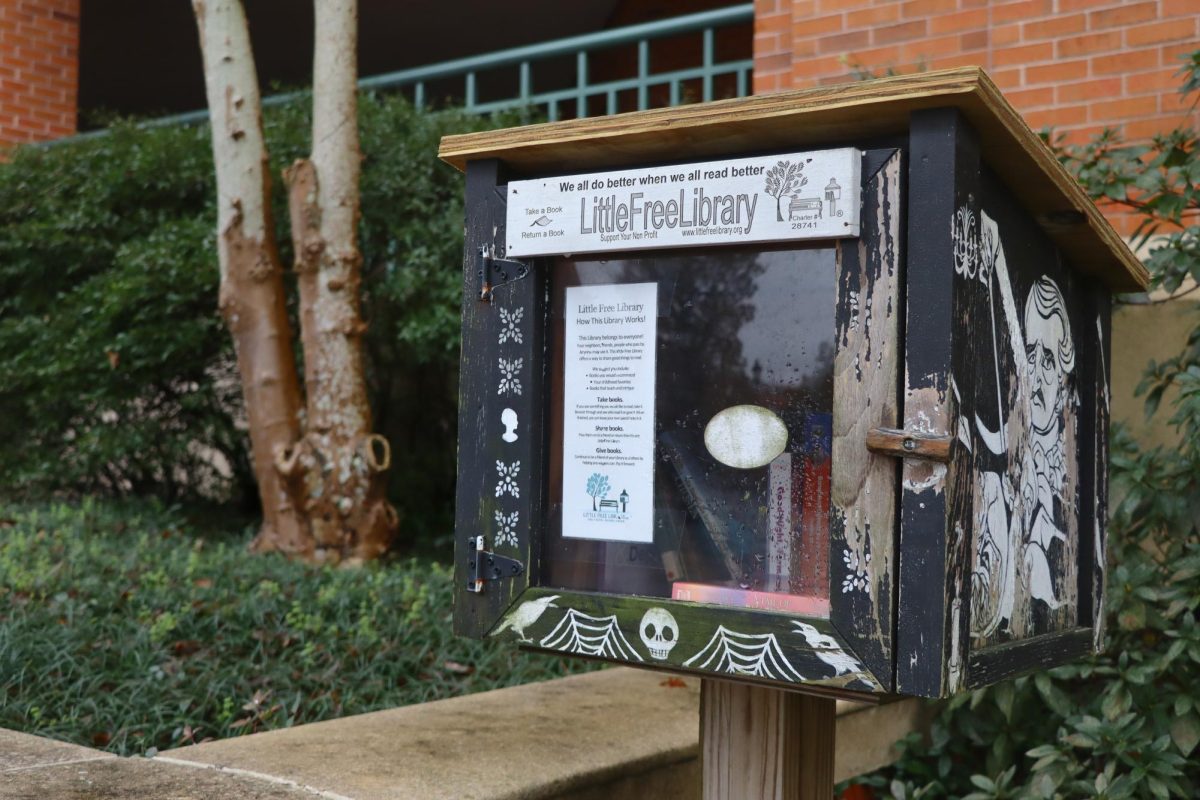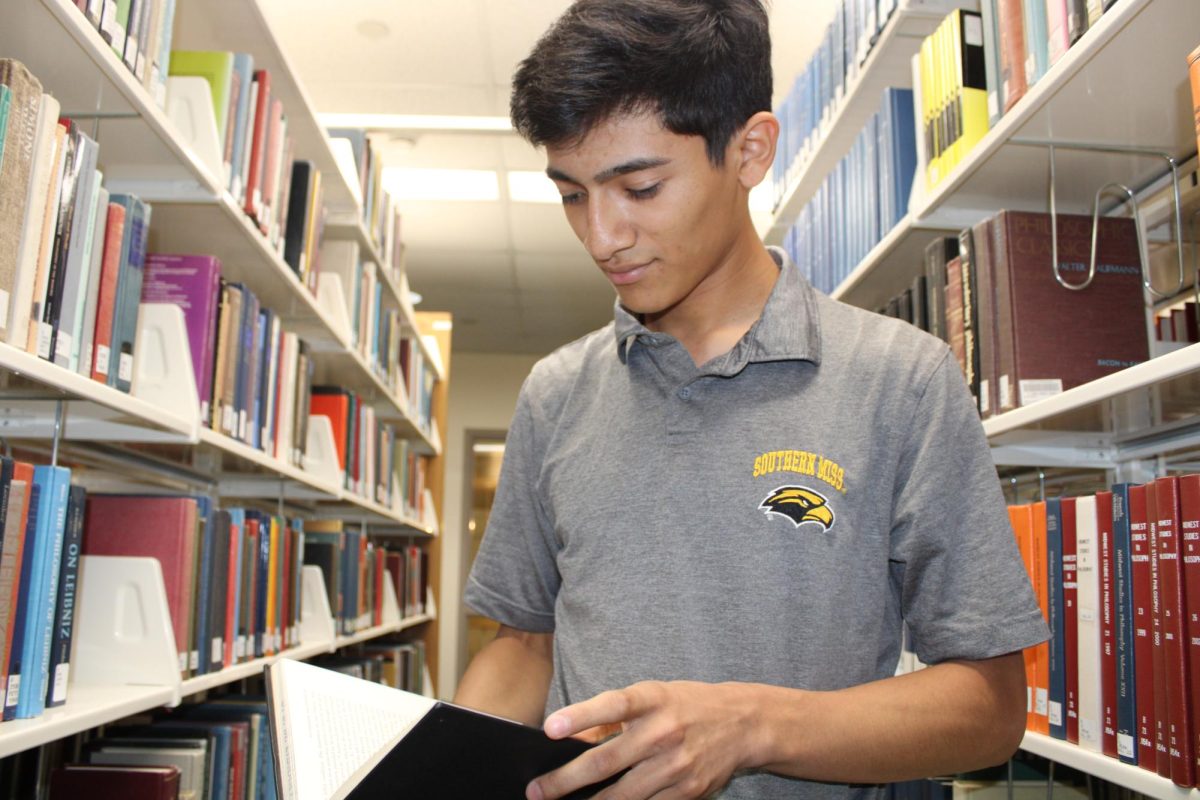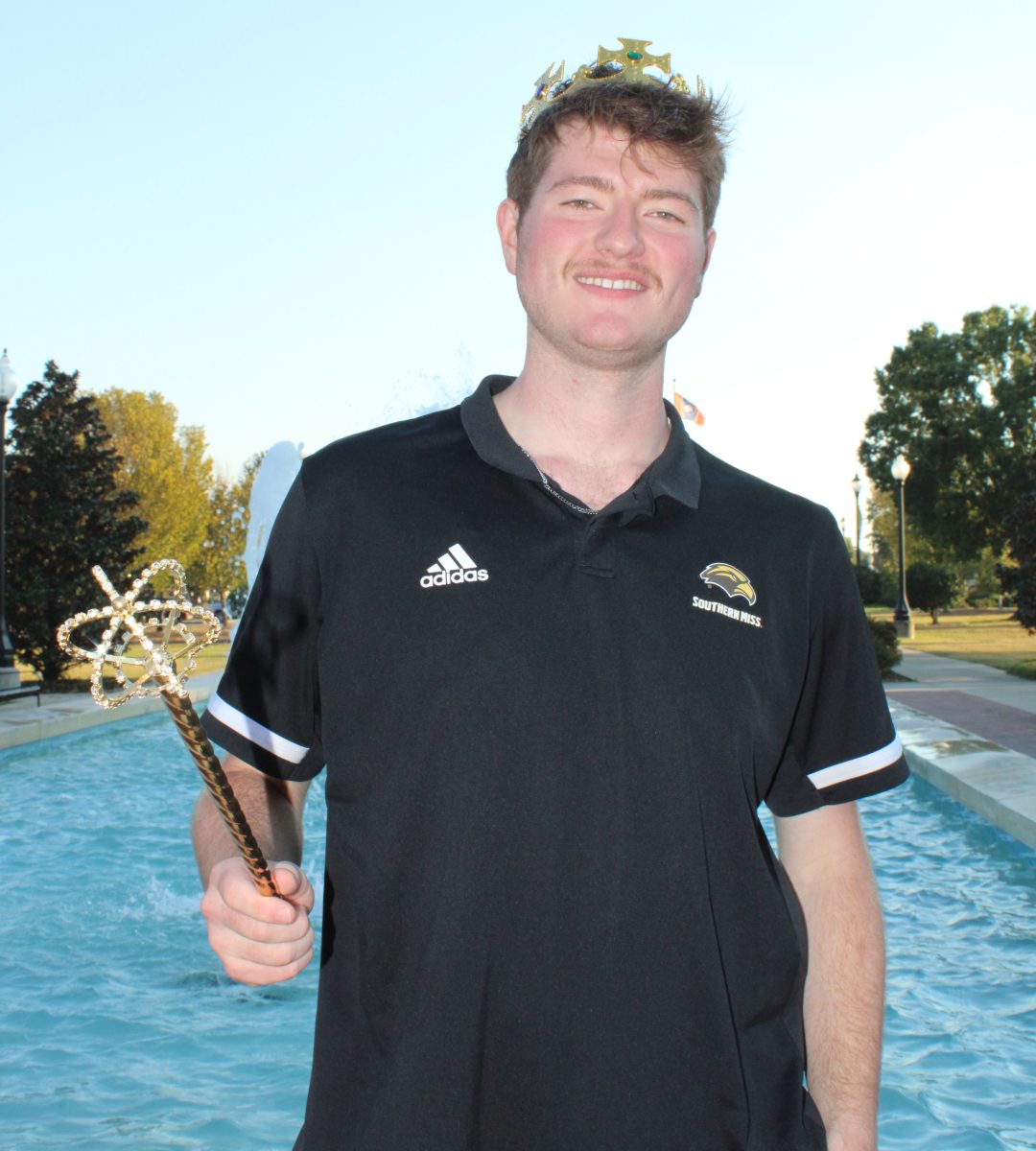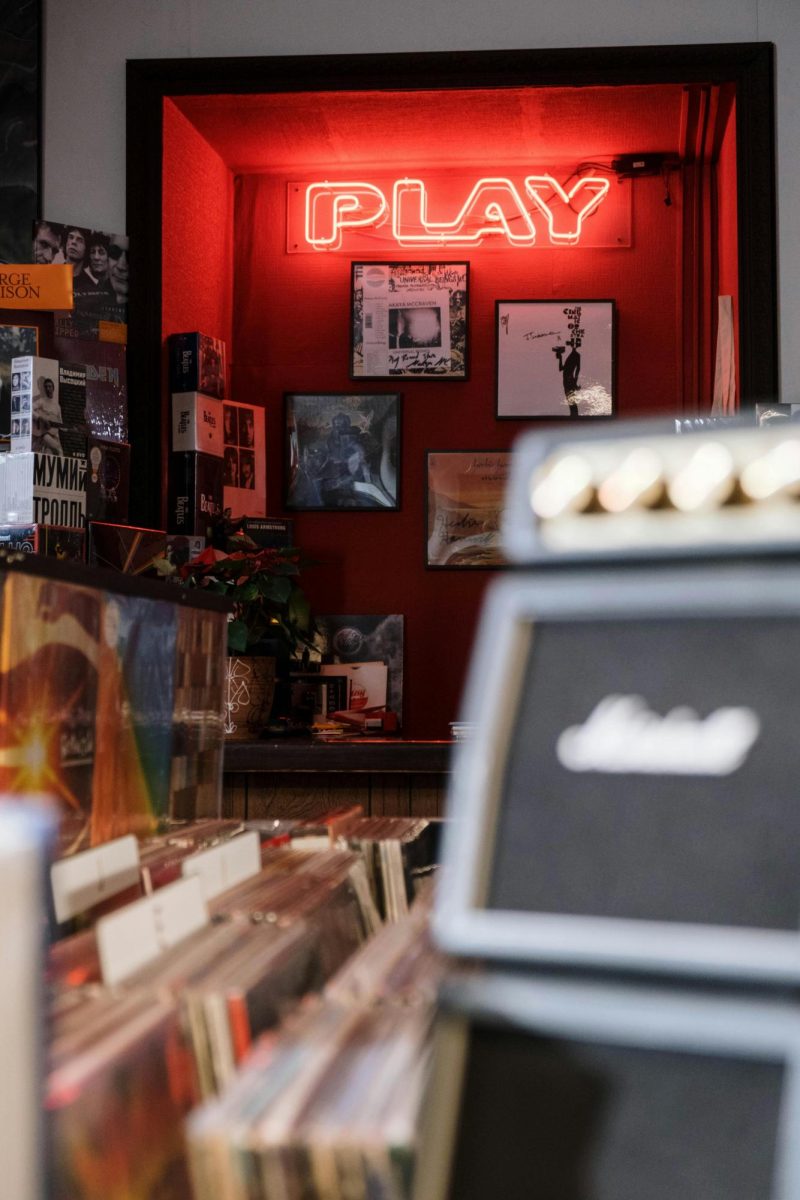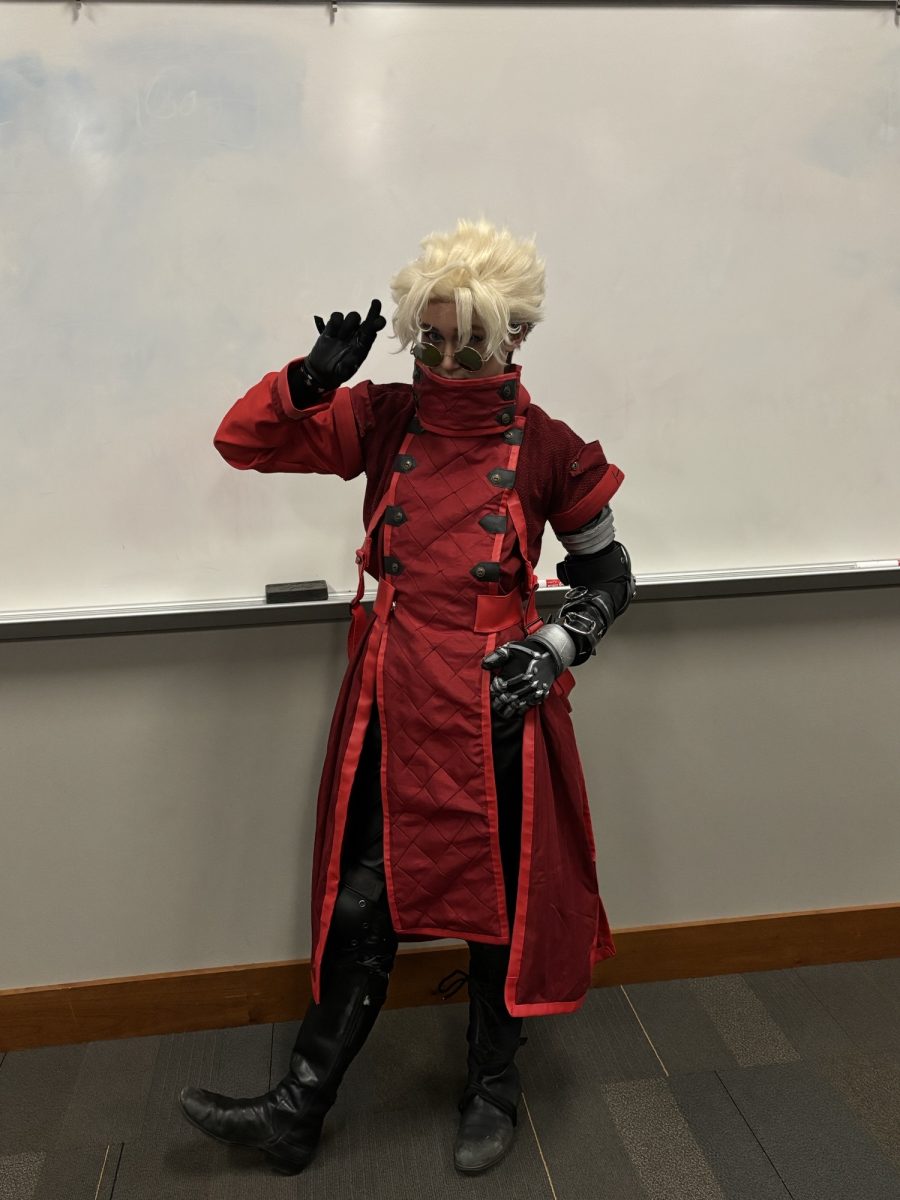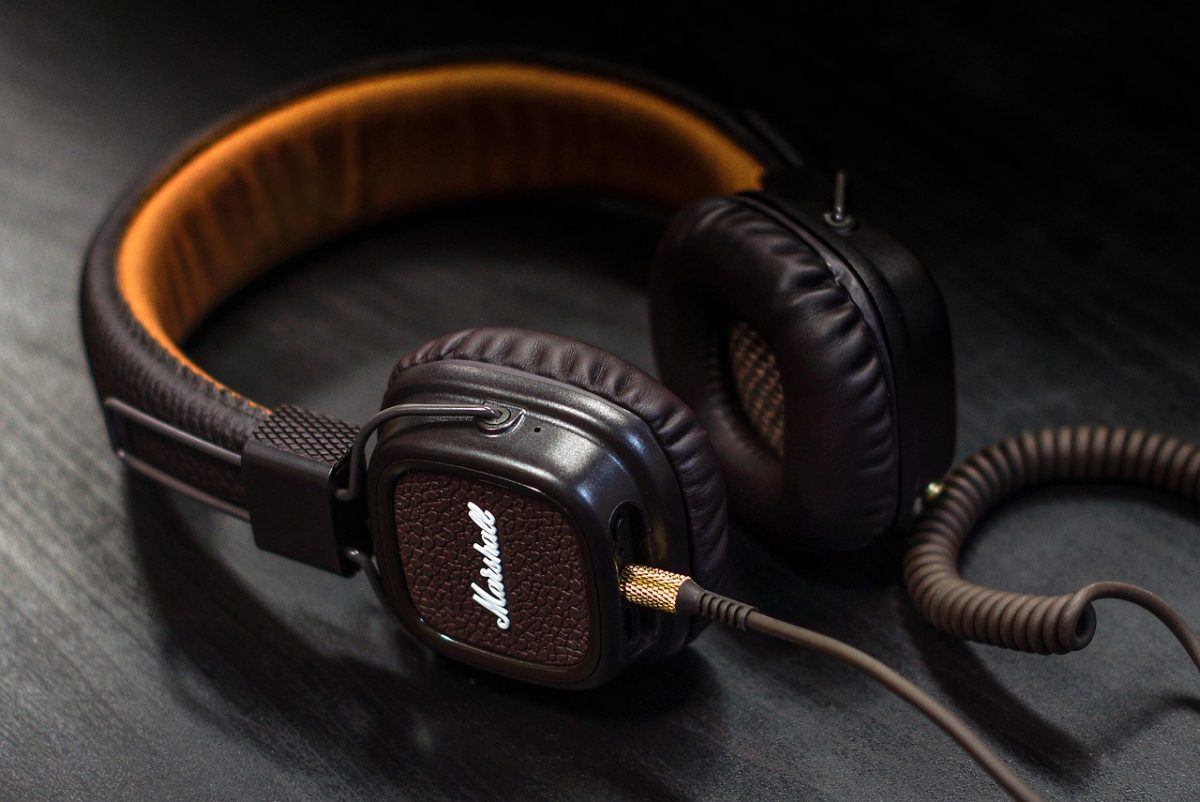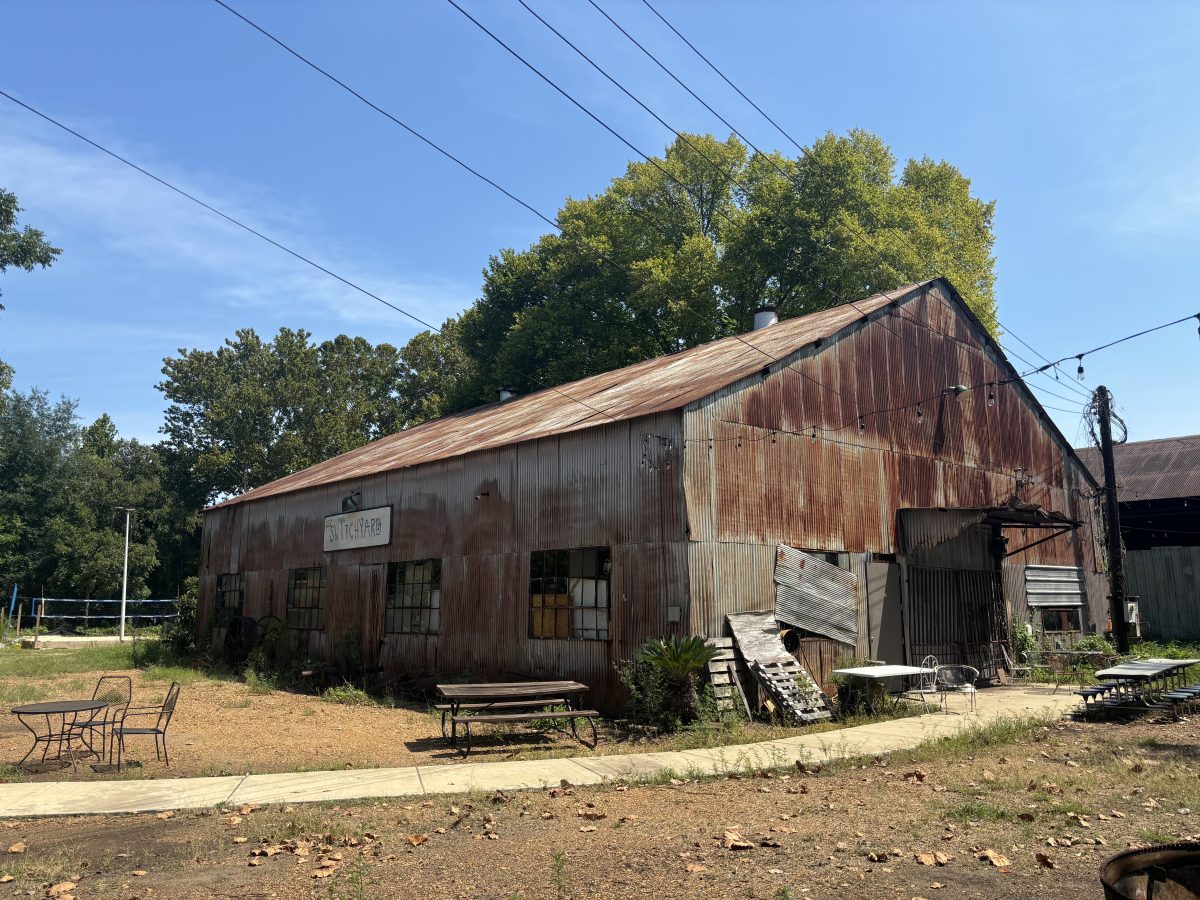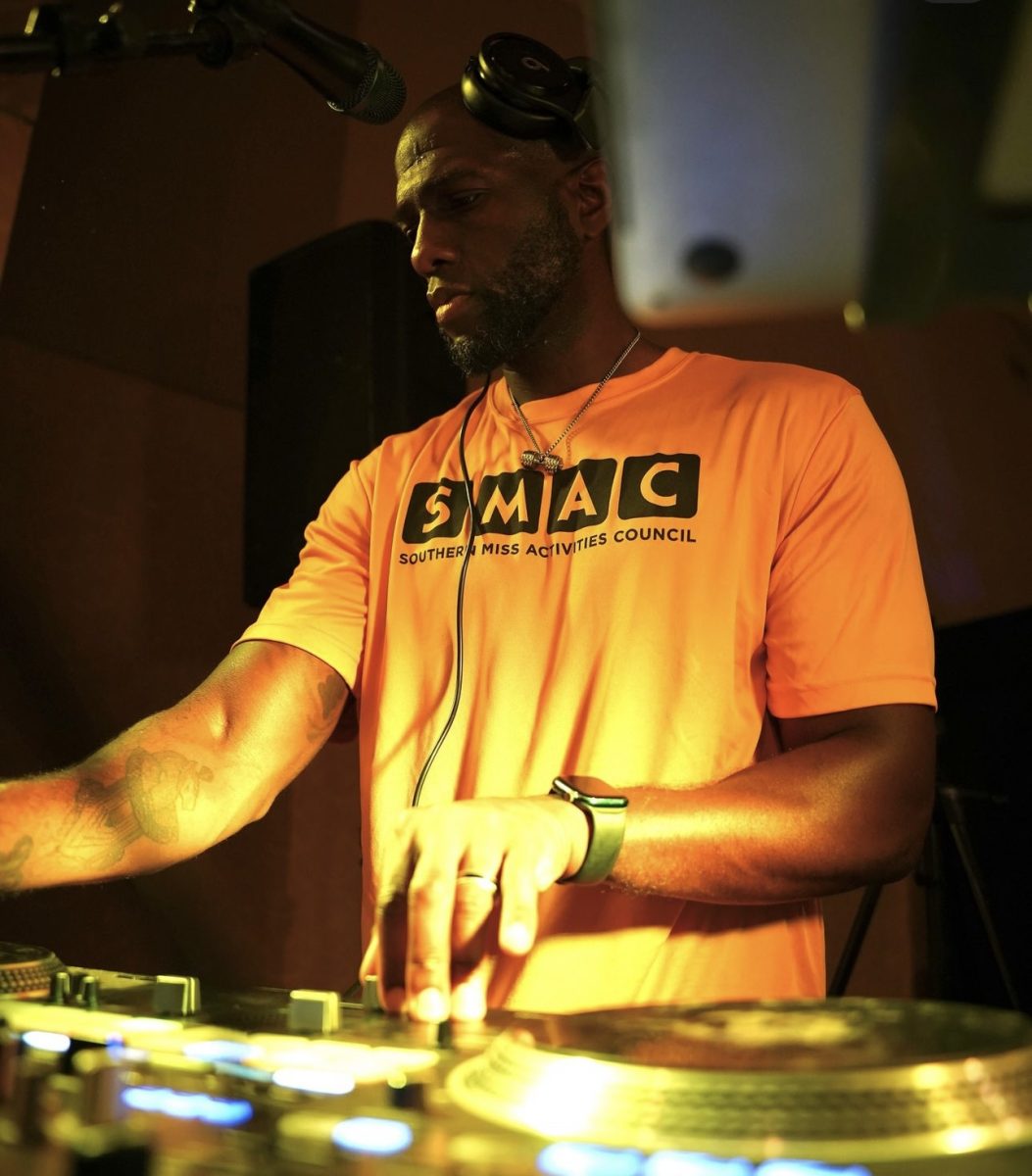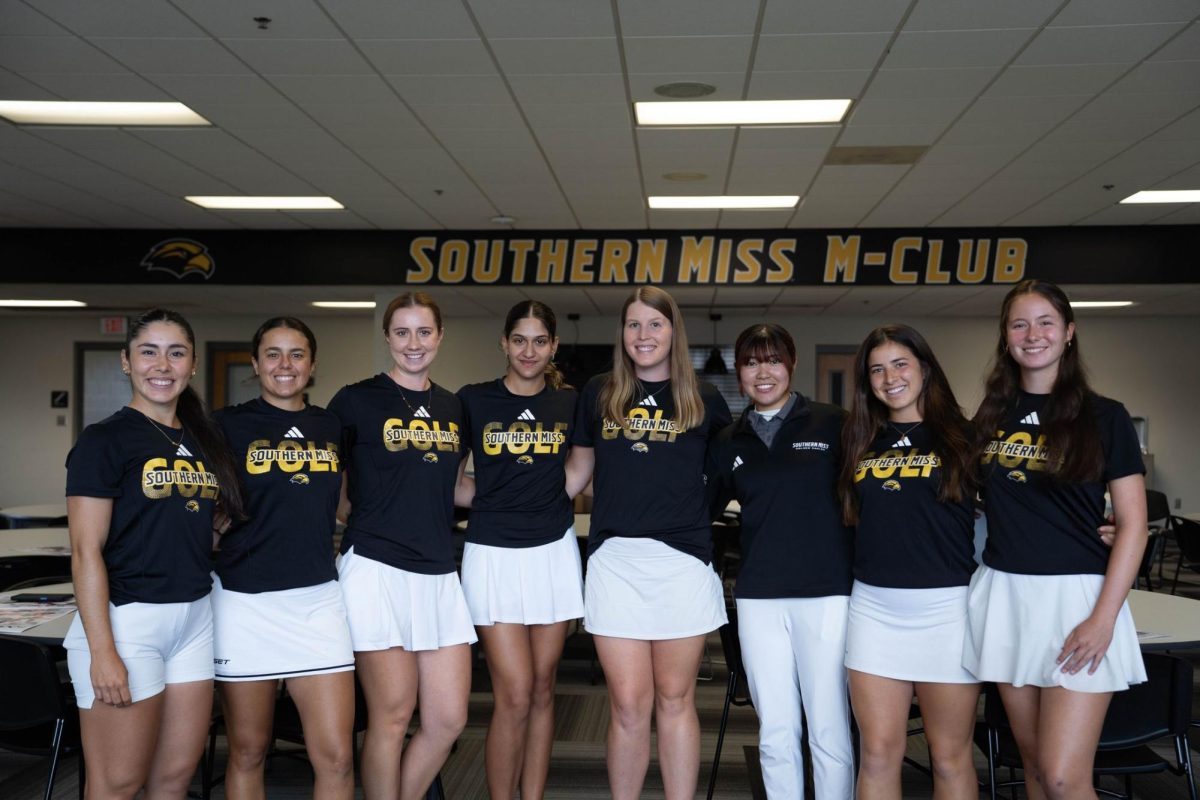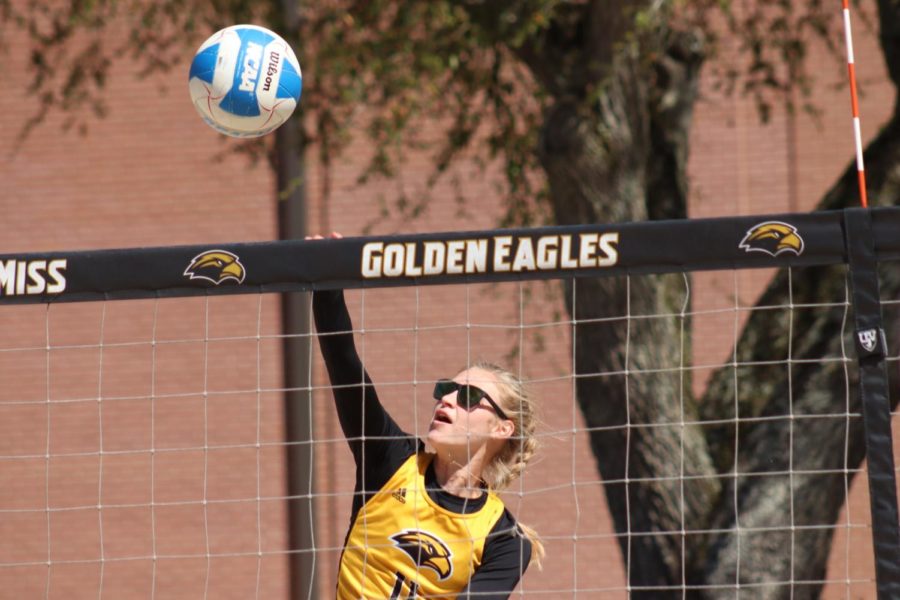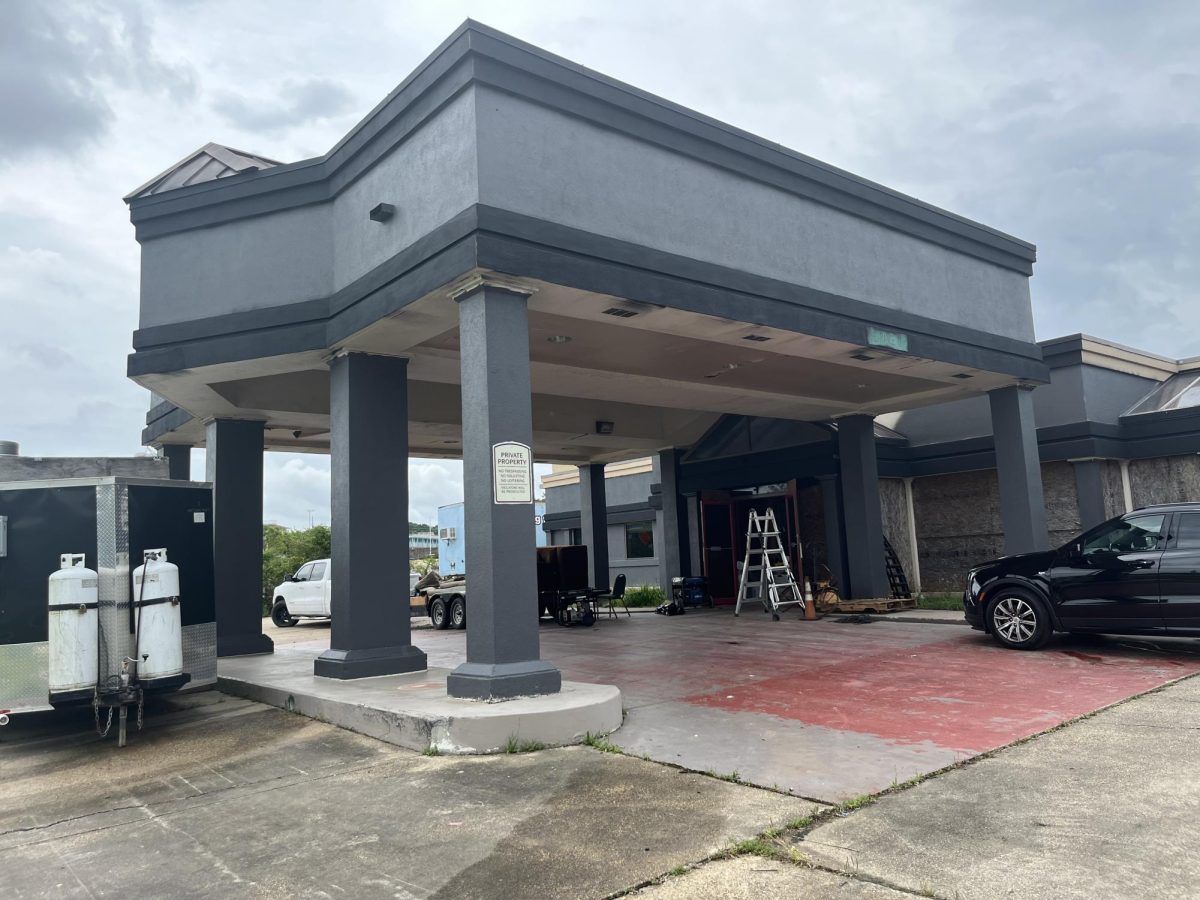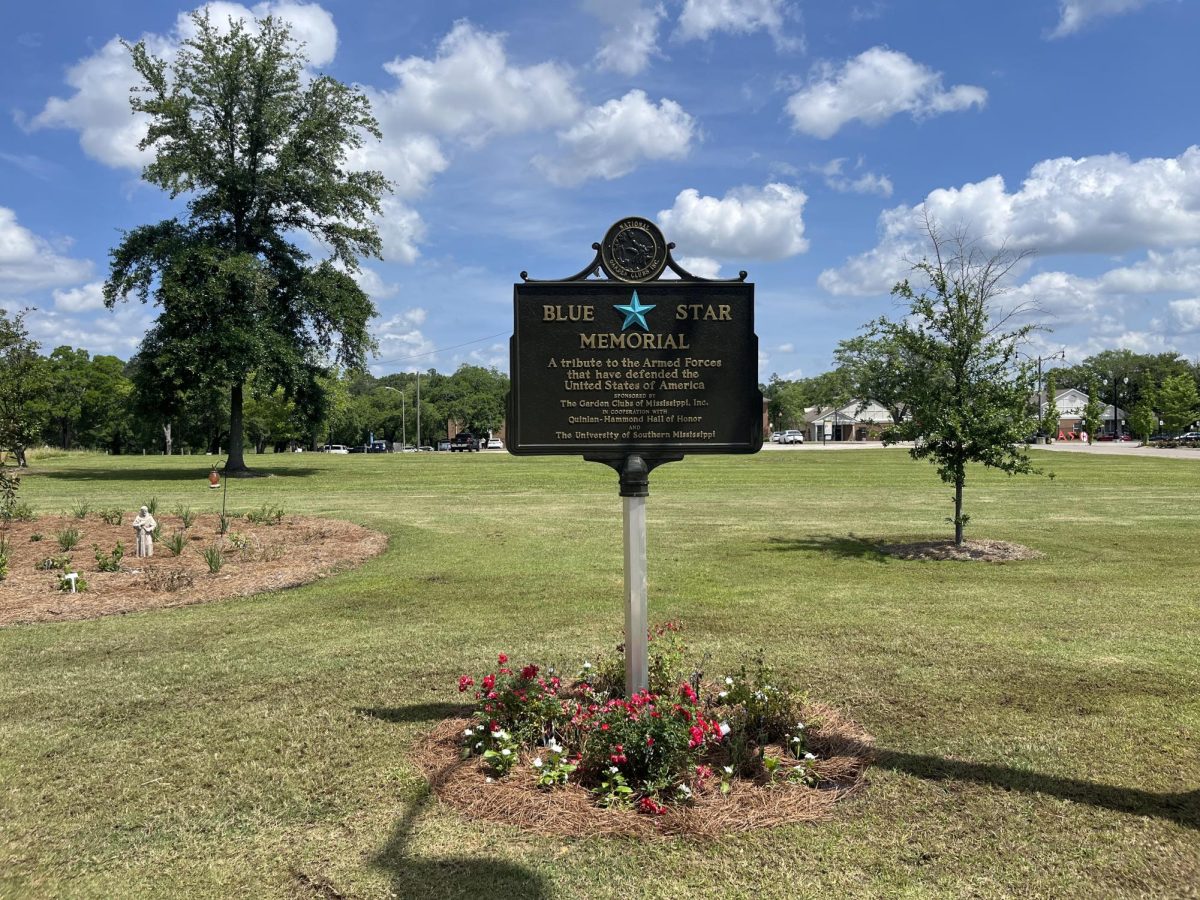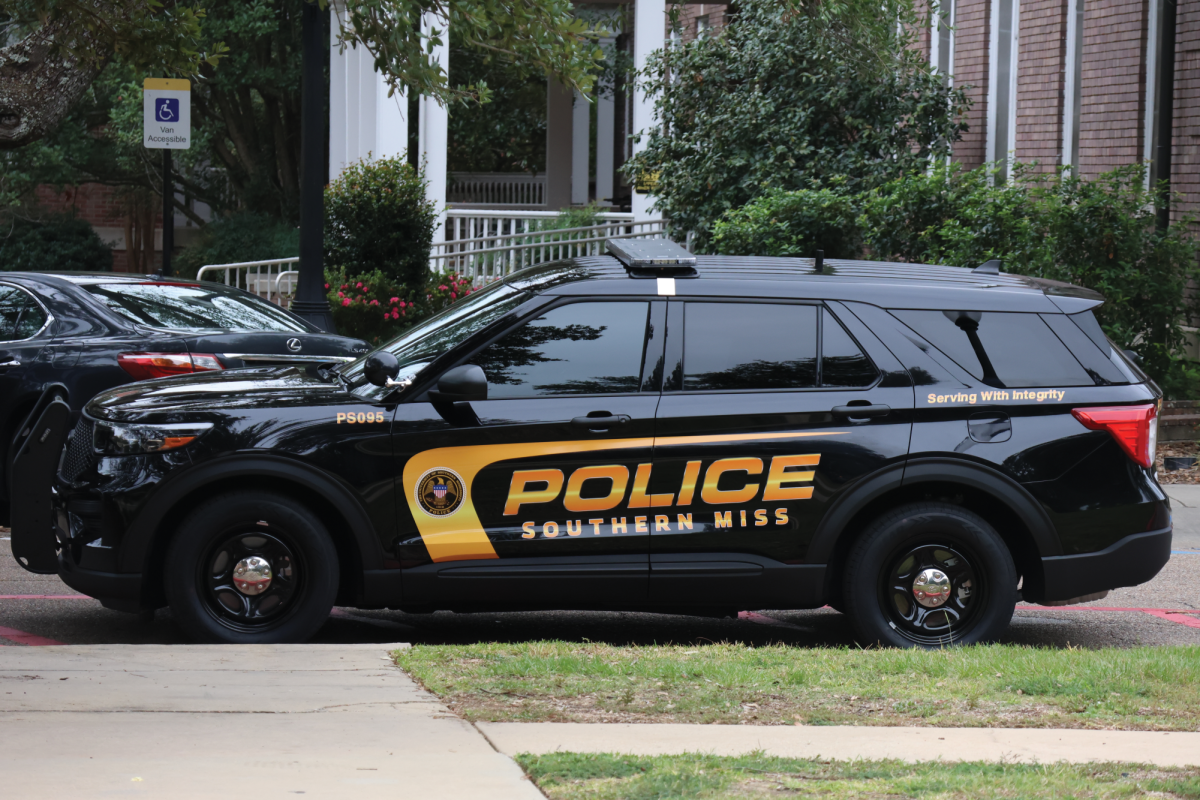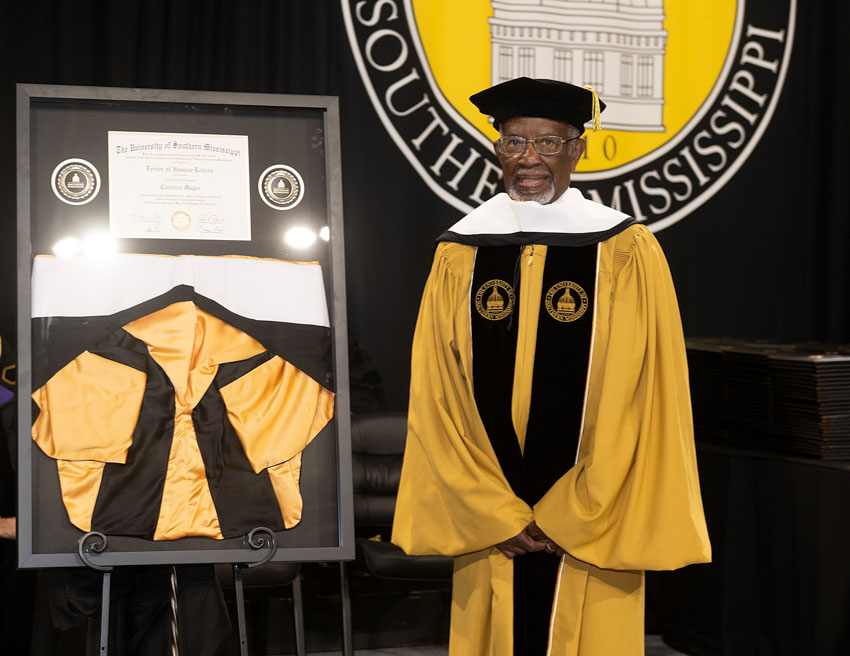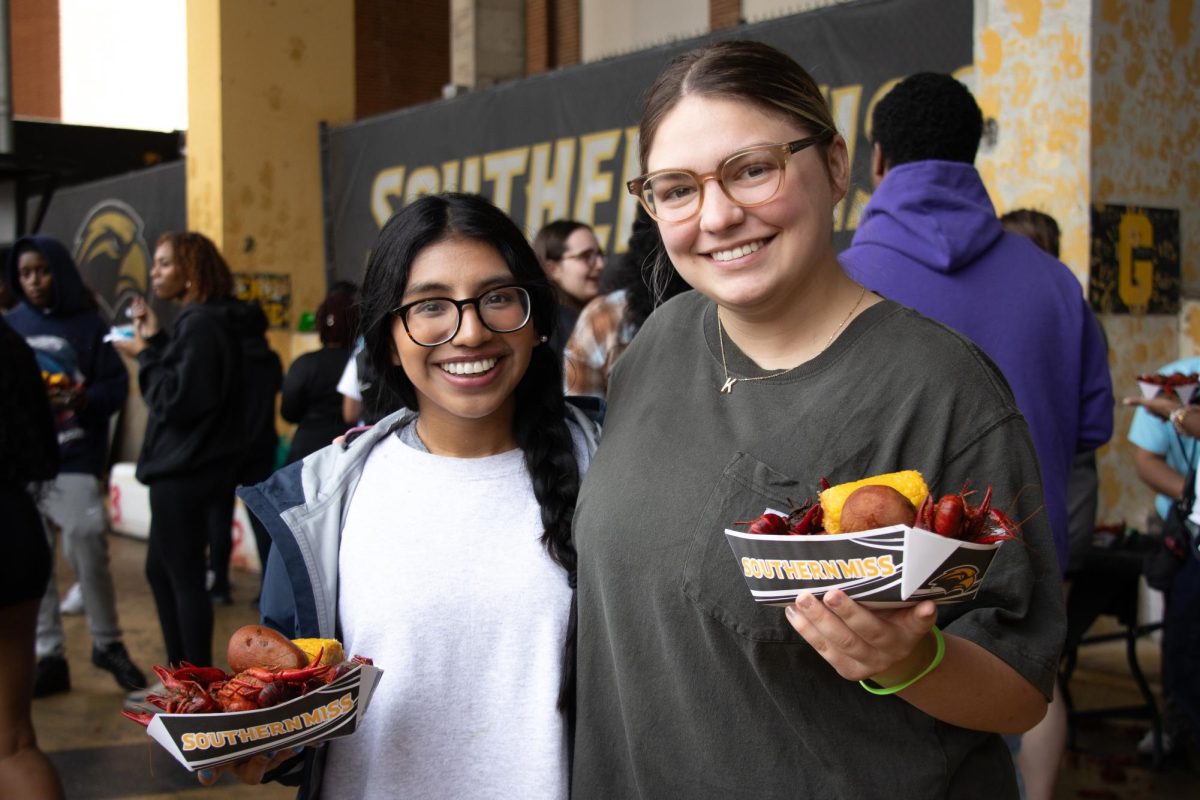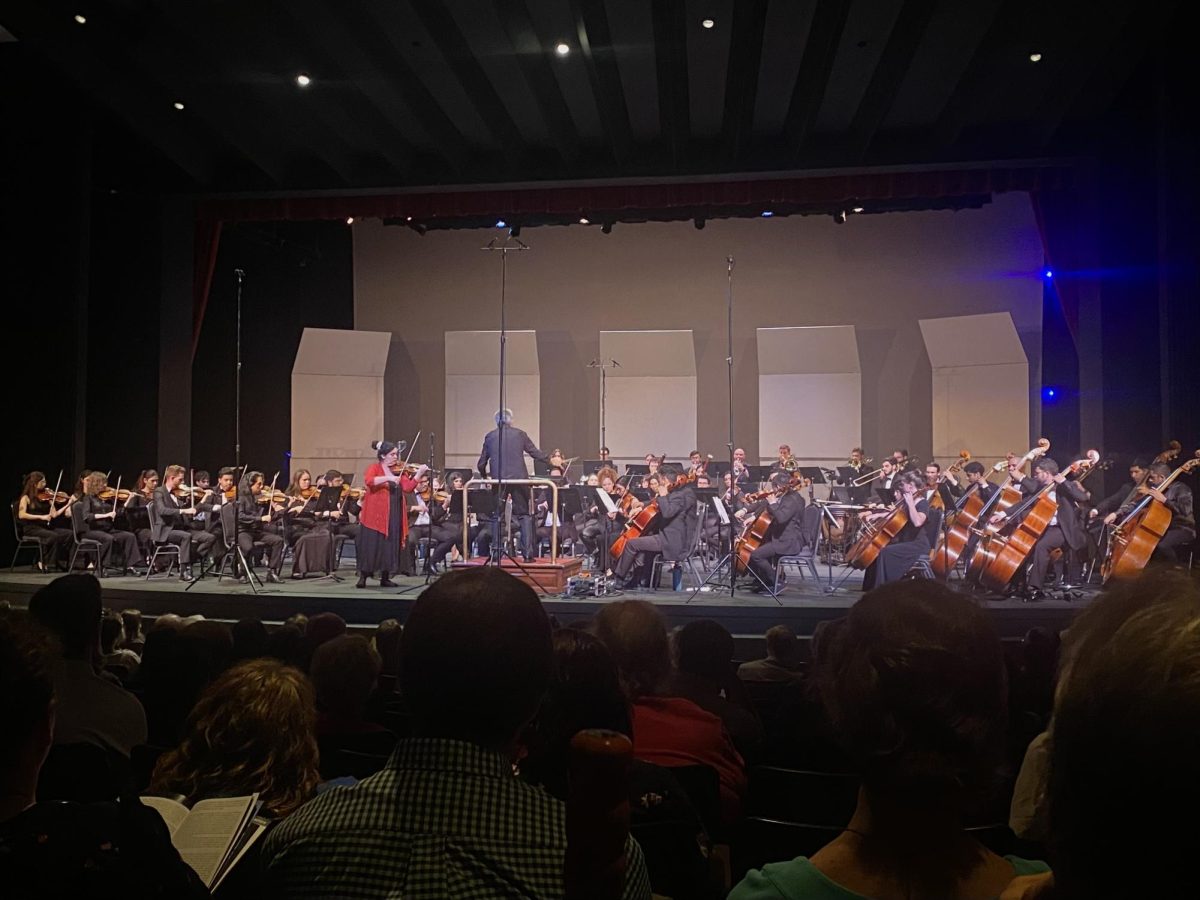A USM lab working to improve solar power technology recently received a $60,000 research grant renewal from the Ray C. Anderson Foundation for Student Research.
Run by Dr. Sarah E. Morgan, the lab is researching ways to reduce the cost and increase the efficiency of solar panels by improving on the component that forms these panels: the solar cell.
A solar cell is the device that turns light into electricity. Traditionally, these solar cells are made of purified silicon, but it’s becoming common practice to create these cells out of organic materials. Without having to rely on silicon, the cells can potentially be made inexpensively without the worry of them overheating. Removing large amounts of silicon from the equation also reduces the size and weight of the cells. This could lead to portable solar cells to keep electronics charged for military and market use.
“The problem right now is that efficiency and affordability [of solar energy] is kinda low in comparison to petroleum,” Morgan said. “We are working on organic polymeric solar cells. The problem is that they are still not very efficient, but we are working to make them more and more efficient.”
These organic solar cells work in two steps. First, part of the cell absorbs sunlight, holds it and breaks down the sunlight into a useable energy. The second part turns the energy from the light into electricity that we can use and store. The goal of the lab is to improve on the second step and to increase the amount of energy that can be turned into electricity by perfecting the material on a molecular level.
“Right now the process is expensive,” said Mitchun Bhattacharya, a doctoral student from Calcutta, India. The money will go to Bhattacharya and other researchers to help fund their experiments. Some materials may go for as much as $1,000 per gram.
Bhattacharya went on to explain that as the process is done more often, the cost and time investment will go down. It currently takes Bhattacharya and his colleagues several days to produce a new solar cell and check to see if its structure is correct.
“We need to build up the infrastructure to do our research,” Morgan said. In order to check their work, the graduate students use microscopes that can view the material at a billion times magnification. This piece of equipment goes for over $25,000 according to afmworkshop.com, a website dedicated to selling atomic force microscopes.
“Grants in general are very competitive these days,” Morgan said. “… External grants are about a one in ten success rate.” Morgan is constantly writing and sending off proposals to receive grant money.
“We have been working on it for about two or three years and we just got our first publication in ‘American Chemical Society,’” Morgan said. “It takes a couple years research before you get something that looks good and is worthy of publication.”
For more information about the research, visit www.usm.edu/morganresearchgroup/. For more information about the Ray C. Anderson Foundation, visit www.raycandersonfoundation.org/.

